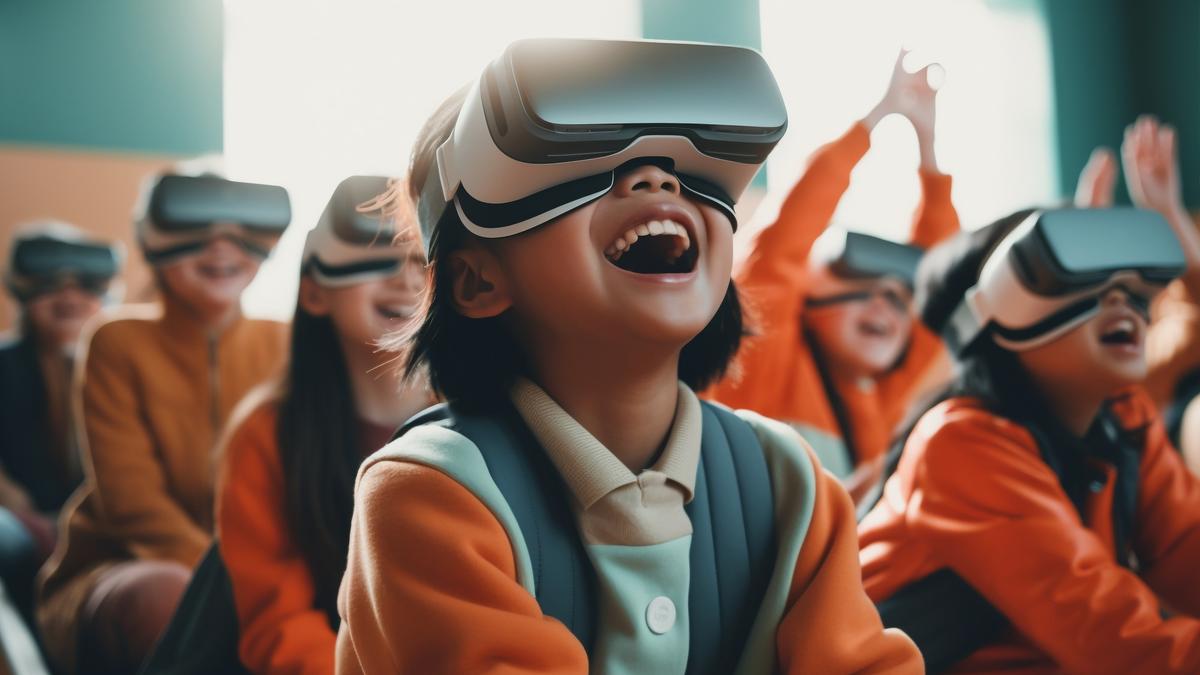
From points to lessons: How gamification revolutionised education
The Hindu
What if your classroom becomes an epic quest where you have to solve puzzles, decode codes, and get exciting rewards? Sounds fun, right? Welcome to the world of gamification where learning is becoming fun as educators are integrating game elements into the curriculum and making classrooms bedazzle with excitement!
Technology has been integrated into various fields - food science, health care, education, etc. In the field of education, it has revolutionised the traditional way of teaching and created a massive scope to improve the learning scope. The introduction of gamification in education is one of the most significant revolutions. Educators and teachers have uncovered several ways via gamification to boost creativity, motivate students and encourage learning.
Gamification in education refers to applying video game elements in the curriculum to enhance learning. Introducing gaming elements such as points, badges, levels and leaderboards has transformed the traditional way of teaching and made the education journey fun and rewarding for students. Gamification promotes collaboration and competition in education, making it engaging and immersive for learners. Through gamified education, any curriculum - high scholar kindergarten - can be tailor-made to engage students, make subjects such as science, maths, etc interesting and make learning fun.
Did you know that the word ‘school’ is derived from Ancient Greek ‘schole’ meaning ‘leisure’ or ‘free time’? The connection between games and education goes back in time when playing helped humans build skills and learn new things.
Throughout history, games have had a profound impact on education. They have progressed from basic tools to complex digital platforms that have shaped contemporary learning. Games like Go and Senet were utilised not only as recreational activities but also as instructional tools for social skills and strategic thinking in ancient societies. Over the ages, games have been used to teach lessons. In medieval Europe, chess emerged as a tool for teaching tactical and strategic thinking.
The Oregon Trail and Number Munchers are two examples of instructional video games that came out in the 1970s and 1980s that combined learning with fun to get kids interested in math and history. A greater level of expertise in educational games and simulations was made possible by the internet and digital technology of the 1990s and 2000s. Television shows like Sesame Street and interactive websites were among them.
Game concepts are now easily integrated into a variety of learning things due to educational technology. Gamification is a technique used by platforms like Duolingo and Minecraft to make learning more engaging and interesting. This enables customised and adaptable learning experiences that meet the needs of a wide range of students.
Teachers can now gamify classes utilising avatars, quests, incentives, leaderboards, interactive fiction, virtual worlds, and more to engage students in the 21st Century due to the connection of modern learning management systems.













